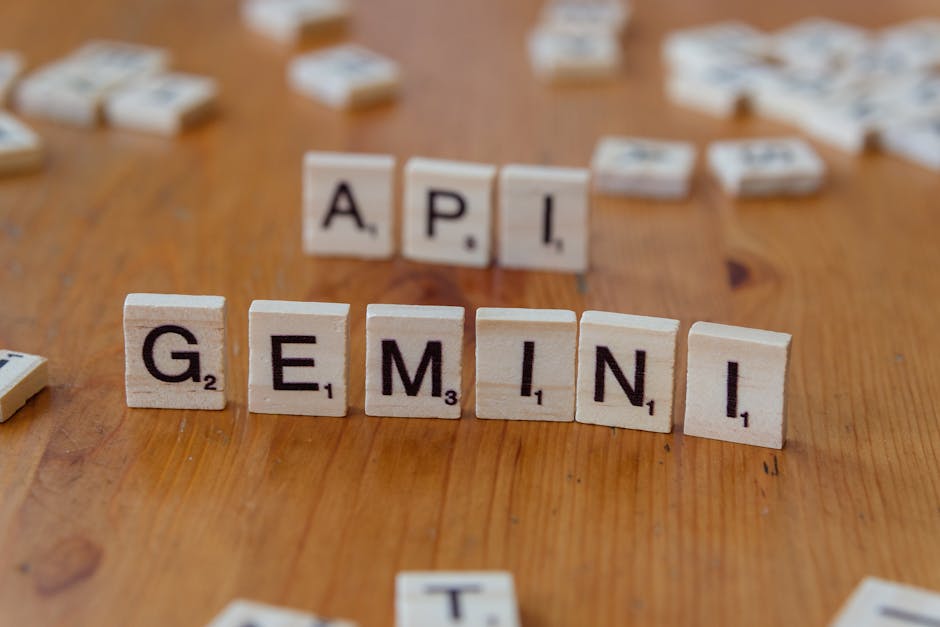The AI landscape is rapidly evolving, and recent advancements are sparking intense competition. Google's Gemini and Claude AI, both prominent players in the burgeoning field of generative AI, are battling it out for market share and technological supremacy. This blog post delves into the key features, strengths, and potential implications of this exciting AI rivalry.

Photo by Markus Winkler on Pexels
Google Gemini, introduced by Google, positions itself as a multi-modal AI, capable of handling diverse input formats and tasks. This versatility is a significant selling point for businesses looking to integrate AI into existing workflows.
Conversely, Claude AI, developed by Anthropic, is focused on achieving safer and more ethical AI development. This emphasis on responsible AI development is gaining traction as concerns about potential AI misuse grow.
Both models leverage the power of large language models, a core technology in modern AI. This allows them to perform tasks like generating text, translating languages, and answering questions with increasing accuracy and sophistication.
The development of more sophisticated Large Language Models (LLMs) is critical for the continued evolution of AI applications, and this competitive race promises to accelerate progress in various domains. This competitive pressure is essential for pushing the boundaries of what LLMs can achieve.
The crucial difference lies not just in their respective architectures but also in their intended use cases. Google Gemini, with its broader capabilities, might be more attractive for general-purpose AI applications, while Claude AI's focus on safety and ethics is well-suited for specific applications where trust and safety are paramount.
The integration of AI models with business workflows is currently a major focus. Both platforms aim to make this process as user-friendly and efficient as possible, which is crucial for widespread adoption.
The potential impact on various industries is considerable. From customer service chatbots to personalized recommendations, these advanced AI models promise to reshape the way we interact with technology and conduct business.
This competitive landscape necessitates a detailed comparison of performance metrics across different tasks. Accuracy, speed, and consistency will be key factors influencing the success of each platform.
The debate around safety and bias in AI is crucial. Both Google and Anthropic are reportedly taking steps to mitigate risks associated with bias, hallucinations, and other potential issues, but ensuring responsible AI development is an ongoing and multifaceted challenge.
The accessibility and ease of deployment play a significant role in the adoption of these advanced tools. Making AI tools usable for a wider range of users is a key goal.
How these models impact the future of work remains a subject of discussion and analysis. The potential for automation and the need for workforce retraining are topics that will undoubtedly shape the work environment of tomorrow.
A deep understanding of the intricacies of prompt engineering and model tuning is essential to getting the best results from these platforms. The effective use of prompts and data are key factors to consider.
The future of AI innovation hinges on our ability to strike a balance between pushing the boundaries of technology and addressing the ethical implications of such progress. This ongoing conversation regarding AI ethics is critical for responsible development.
The implications for various industries are substantial, ranging from personalized medicine to scientific discovery. This battle for market share also has significant implications for the overall progress of artificial intelligence.
In conclusion, the ongoing competition between Google Gemini and Claude AI is not just a race to the finish line; it's a critical stage in the evolution of AI. By closely monitoring these developments and thoughtfully evaluating their strengths and weaknesses, we can better understand how AI is transforming our world and prepare for a future shaped by these powerful technologies. The future of AI is brighter than ever before, and we are all part of this journey.
